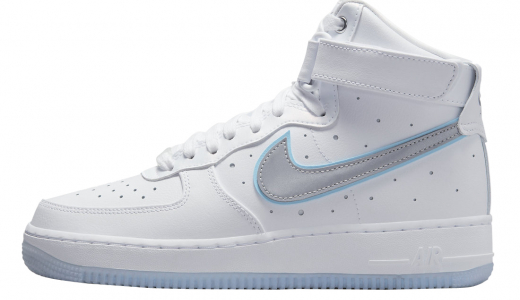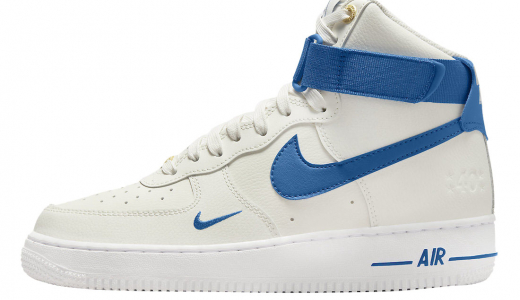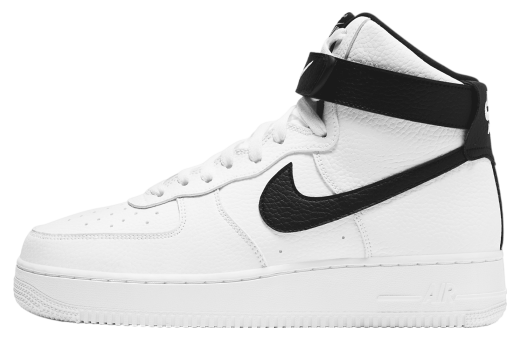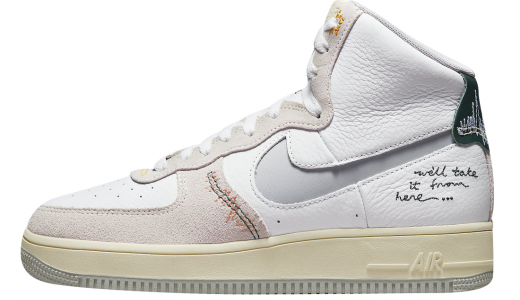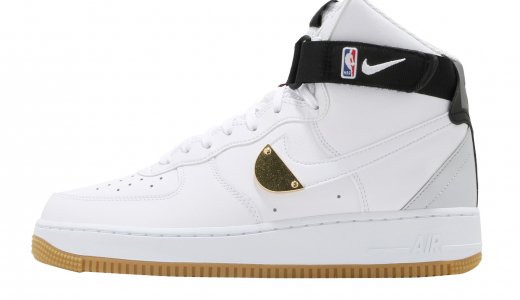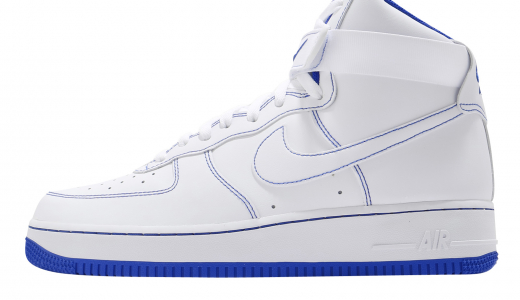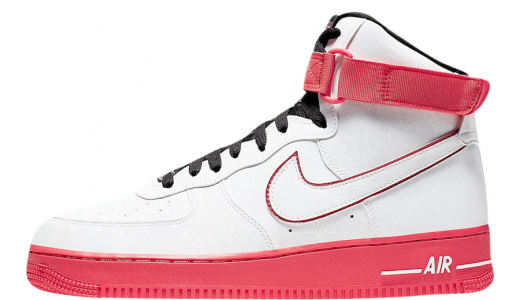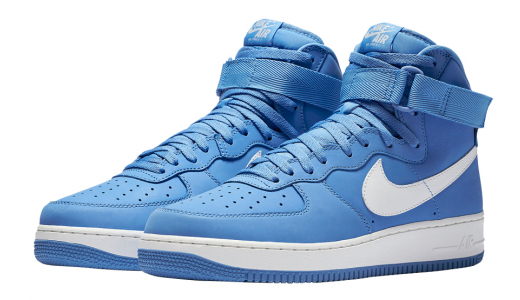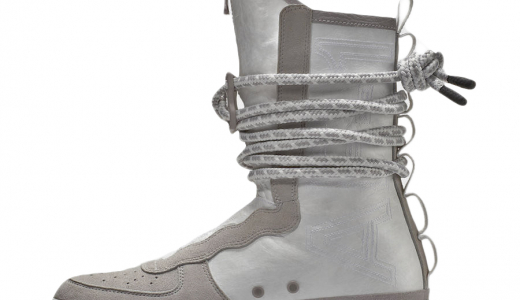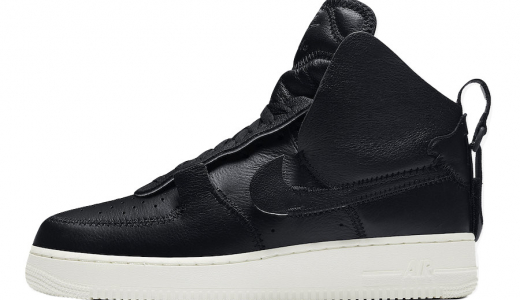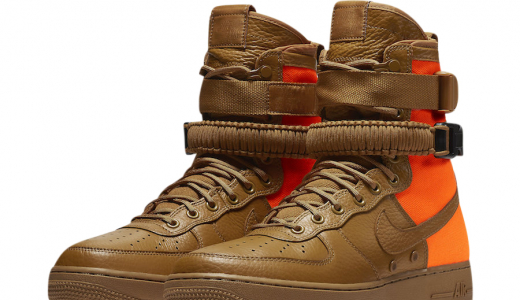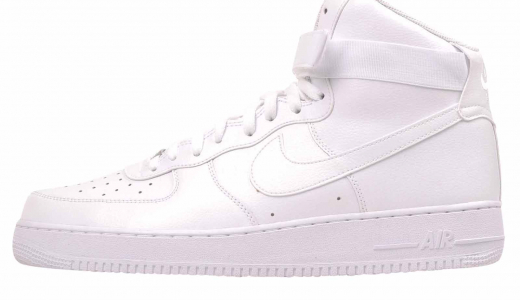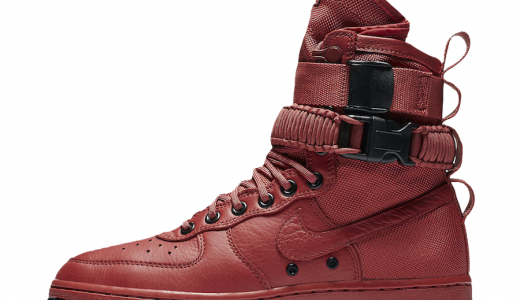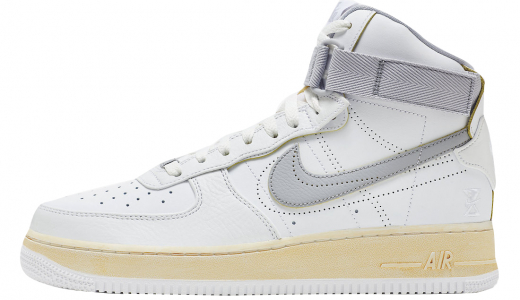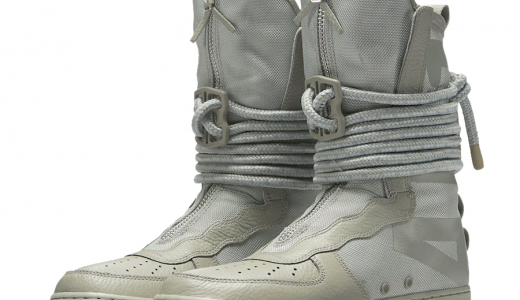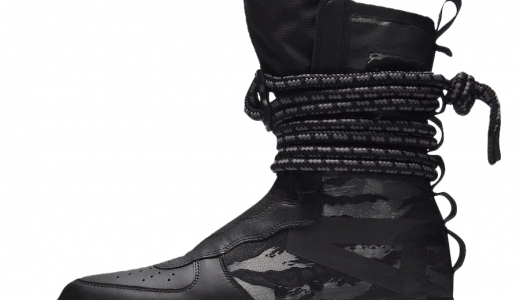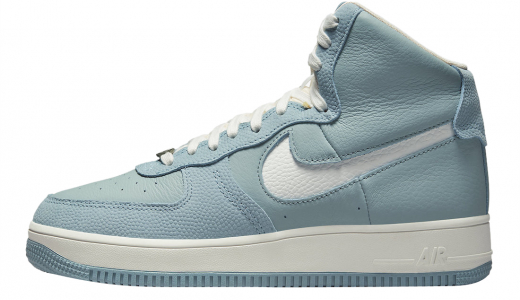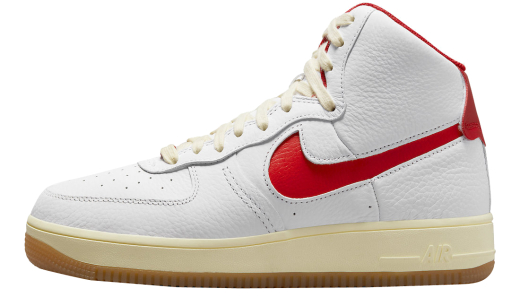Nike Air Force 1 High
The Nike Air Force 1 High is a quintessential sneaker that represents a blend of classic design and contemporary culture. Introduced in 1982, this high-top version of the Air Force 1 was originally engineered as a basketball shoe, featuring a distinctive ankle strap for added support. Over the years, it has transcended its athletic roots to become a staple in the world of street fashion. The shoe's upper is often made from high-quality leather, providing a sleek and durable exterior. The Nike Air cushioning system embedded in the sole offers unmatched comfort, making it a sought-after choice for both style and functionality.
Beyond its technical specifications, the Nike Air Force 1 High has become a cultural icon embraced by various subcultures, including hip-hop, skateboarding, and fashion enthusiasts. The design is versatile, coming in numerous colorways, allowing wearers to express their individuality. Collaborations with artists, designers, and brands have further elevated its status, making each release eagerly anticipated by sneaker aficionados. Whether dressed up or down, the Nike Air Force 1 High remains a symbol of timeless elegance and urban cool, continuously redefining the boundaries of sneaker culture.
History of Nike Air Force 1 High
The History of Nike Air Force 1 High
Introduction
Throughout its history, Nike Inc. has managed to revolutionize the athletic footwear industry several times over. One of the most iconic and enduring innovations to come out of the Nike lineage is the Nike Air Force 1, particularly the High variant. Introduced in 1982, the Nike Air Force 1 High has not only left an indelible mark in the world of basketball but has also transcended its initial athletic intent to become a cultural mainstay. This essay provides a detailed history of the Nike Air Force 1 High, charting its inception, evolution, cultural significance, and its present-day status.
The Origin Story
Named after the U.S. President's airplane, the Air Force One, the Nike Air Force 1 High was designed by Bruce Kilgore. The introduction of the Air Force 1 marked the first time that Nike's proprietary Air technology was utilized in basketball shoes. The Air-Sole unit provided great cushioning, making the shoe not only innovative but comfortable for players.
When it was first released, the Air Force 1 was offered in both high-top and low-top versions, but it's the high-top that initially captured the imaginations of basketball players. The design featured a large, padded ankle strap for additional support, a perforated toe box for better air circulation, and a thick outsole that contrasted sharply with the shoe's upper.
Early Adoption and Popularity
The Nike Air Force 1 High was initially adopted by NBA players like Moses Malone, Charles Barkley, and Jamaal Wilkes. These endorsements provided authentic visibility and credibility. Notably, Moses Malone wore the shoes during the 1982-1983 NBA season when the Philadelphia 76ers won the championship. This added significant clout to the shoe’s reputation, bolstering its image as a high-performance basketball sneaker.
Despite its initial popularity, Nike made a bold move by discontinuing the Air Force 1 in 1984. This created a sense of scarcity and urgency among fans, leading to demands for its return. Recognizing its market potential, Nike reintroduced the AF1 in 1986, marking the start of its design iterations and limited-edition releases, which would eventually become a significant aspect of its identity.
Design Changes and Iterations
Since its re-release, the Air Force 1 High has seen numerous design changes and iterations. Nike utilized the silhouette as a canvas for experimentation and creativity. The shoe has been produced in various materials like leather, suede, and nylon. Each incarnation maintained the original spirit but brought something new to the table.
Colorways have played an essential role in the AF1’s enduring appeal. From all-white and all-black versions to vibrant, multi-colored editions, the shoe’s versatility has been one of its strongest selling points. Special editions have often celebrated significant cultural and sports moments, tying the shoe to broader narratives beyond sports.
Nike also took advantage of collaborations. Over the years, they've collaborated with artists, designers, and brands, infusing different cultural elements into the shoe. Collaborations with high-profile figures such as Virgil Abloh, through his Off-White brand, revitalized and brought the Air Force 1 High into new creative spheres.
Cultural Impact
Hip-Hop and Streetwear
Beyond the basketball courts, the Air Force 1 High found an unlikely but profound ally in the hip-hop community. Throughout the late '80s and '90s, rap artists began endorsing the sneaker, further embedding it in popular culture. Nike capitalized on this by aligning itself with key influencers in the hip-hop world, turning the Air Force 1 High into not just an athletic shoe but a cultural symbol.
Rappers like Jay-Z, Nelly, and Kanye West have professed their love for the Air Force 1. Nelly even released a song titled “Air Force Ones” in 2002, celebrating the sneaker and further elevating its status in the hip-hop community. This affiliation hasn’t waned over the decades, cementing the shoe’s role as an essential element in streetwear fashion.
Fashion and Global Influence
The Air Force 1 High has also transcended its American origins to become a global phenomenon. This can be attributed partly to Nike’s strategic marketing and distribution but more so to the universal appeal of the shoe’s design. The AF1's clean, robust look made it a blank canvas for individual expression.
In Europe, particularly in cities like London and Paris, the AF1 became an integral part of urban fashion. Influencers and tastemakers in these cities adopted the shoe, ensuring that it would maintain its status across the Atlantic. The sneaker's universal appeal facilitated its acceptance in diverse settings, from casual streetwear to high fashion.
Technological Advancements
Despite its retro aesthetics, the Air Force 1 High hasn’t lagged in technological advancements. Nike regularly updates the shoe’s internal technology to incorporate innovations such as improved cushioning systems, lighter materials, and better arch support. These updates ensure that the AF1 remains relevant from a performance standpoint without losing its nostalgic charm.
For instance, the re-engineered versions of the Air Force 1 High feature modern Foamposite and Lunarlon cushioning technologies, which make the shoe lighter and more comfortable, catering to contemporary athletic and casual needs.
The Sneakerhead Phenomenon
The notion of collecting sneakers has been a significant cultural movement in which the Air Force 1 High holds a prominent place. For sneakerheads, the allure lies not just in the design but in the story and cultural significance that each pair embodies.
Limited-edition releases and collaborations often create significant buzz, leading to lines outside stores, online raffle systems, and secondary market markups. The sneakerhead culture has transformed the AF1 High from just a piece of footwear into a coveted piece of art, adding layers of meaning and value.
Women and the Air Force 1 High
Initially designed with male basketball players in mind, the Air Force 1 High has evolved to become a unisex shoe. Nike has actively included women in its AF1 campaigns, designing versions specifically targeted at female audiences. Collaborations with female artists, designers, and athletes have broadened the shoe's appeal, making it a staple in women’s fashion as well.
Celebrity Endorsements
Over the years, Nike has partnered with various female celebrities like Serena Williams, Billie Eilish, and G-Dragon, who have added their unique touch to the AF1 High. These collaborations often result in limited-edition releases that become highly sought after, further solidifying the shoe’s status as a versatile fashion item.
Environmental Initiatives
In recent years, there has been a growing awareness about sustainability and environmental impact in the fashion industry. Nike has taken steps to address these concerns by introducing eco-friendly versions of the Air Force 1 High. Using recycled materials and sustainable manufacturing processes, these eco-conscious iterations offer a more responsible choice for consumers.
Nike’s "Move to Zero" initiative aims to reduce waste and carbon footprints. The Air Force 1 Crater, which utilizes materials like recycled polyester and rubber, is an example of how Nike is adapting its iconic models to suit modern sustainability demands.
The Economics of the Air Force 1 High
From an economic perspective, the Air Force 1 High has been a significant asset to Nike. Its enduring popularity ensures consistent sales year after year. The shoe’s various price points, ranging from affordable general releases to high-end collaborations, widen its appeal across different market segments.
Moreover, the scarcity of limited-edition releases creates a secondary market where the shoes are resold at significantly higher prices. This resale market has added an economic dimension to sneaker culture, making shoes like the Air Force 1 High not just an apparel choice but also a financial asset.
Collectible Editions
Over the years, Nike has released numerous collectible editions of the Air Force 1 High. Among the most notable are:
1. **Roc-A-Fella AF1s**: These were designed in collaboration with Jay-Z's Roc-A-Fella Records and are among the most coveted editions. 2. **Off-White AF1s**: Part of Virgil Abloh’s "The Ten" collection, these reimagined versions feature unique design elements like conspicuous labeling and zip ties. 3. **PlayStation AF1s**: Released in ultra-limited quantities, these featured the PlayStation logo and are some of the rarest pairs available.
Special Releases and Events
Nike often employs the Air Force 1 High as a centerpiece for special events and releases. Events like the annual "Air Max Day" have included showcases for the Air Force 1, and Nike has taken the opportunity to release special editions on significant dates.
Future Prospects
The future of the Air Force 1 High looks promising as it continues to adapt to changing tastes and technological advancements while maintaining its essential identity. With the growing focus on sustainability, future iterations will likely incorporate even more eco-friendly materials and processes.
As sneaker culture continues to grow globally, the Air Force 1 High will likely remain a staple in collections worldwide. Its ability to evolve while preserving its core identity ensures that it will continue to be relevant for generations to come.
Conclusion
The Nike Air Force 1 High is more than just a basketball shoe; it’s a cultural artifact that spans generations, transcends sports, and crosses geographical boundaries. From its humble beginnings on NBA courts to becoming a global fashion statement, the Air Force 1 High has cemented itself as a timeless icon. Its enduring popularity can be attributed to its innovative design, cultural adaptability, and the meaningful stories it carries. As it continues to evolve, the Air Force 1 High is set to retain its status as a symbol of style, performance, and cultural significance.
